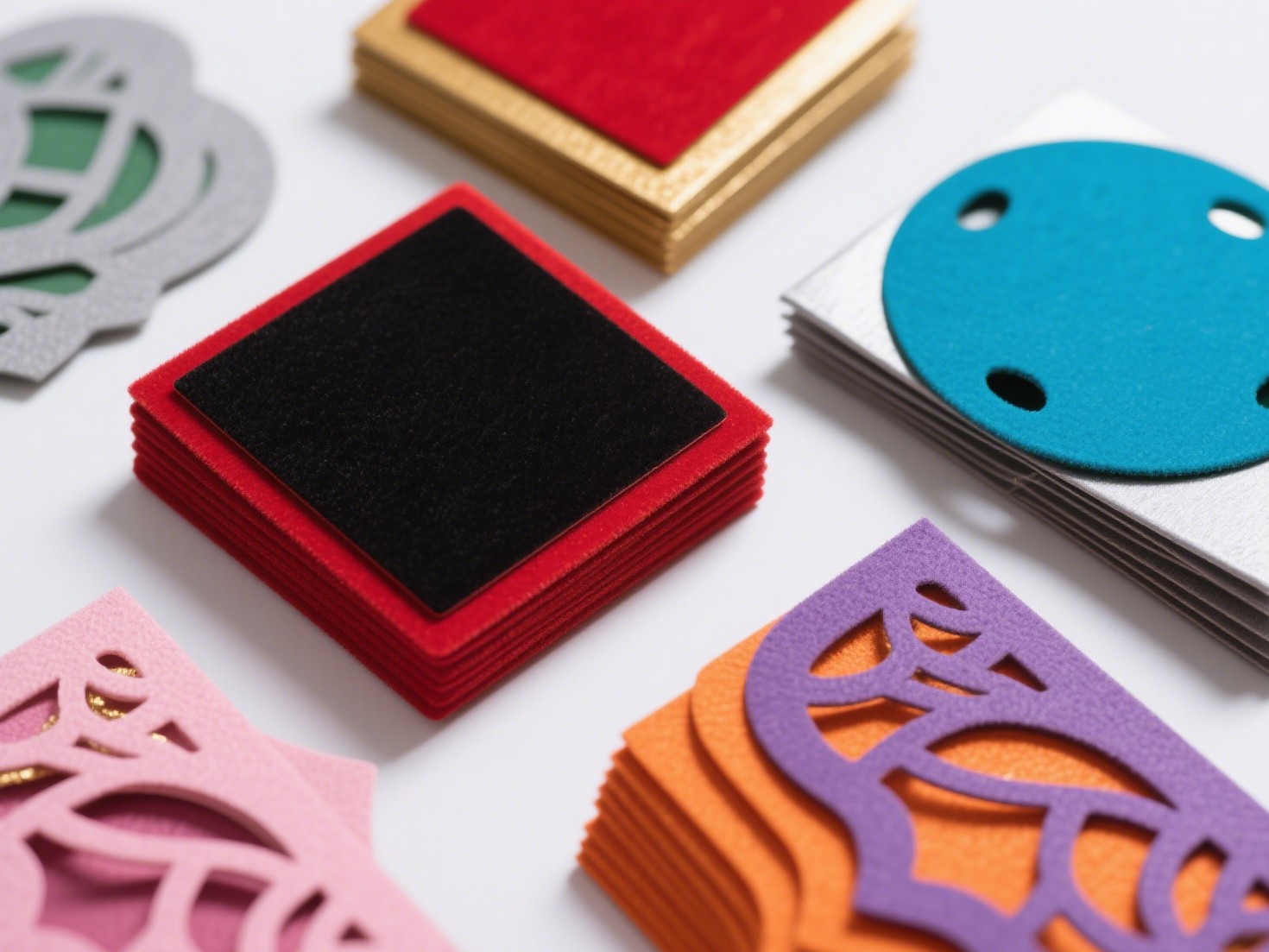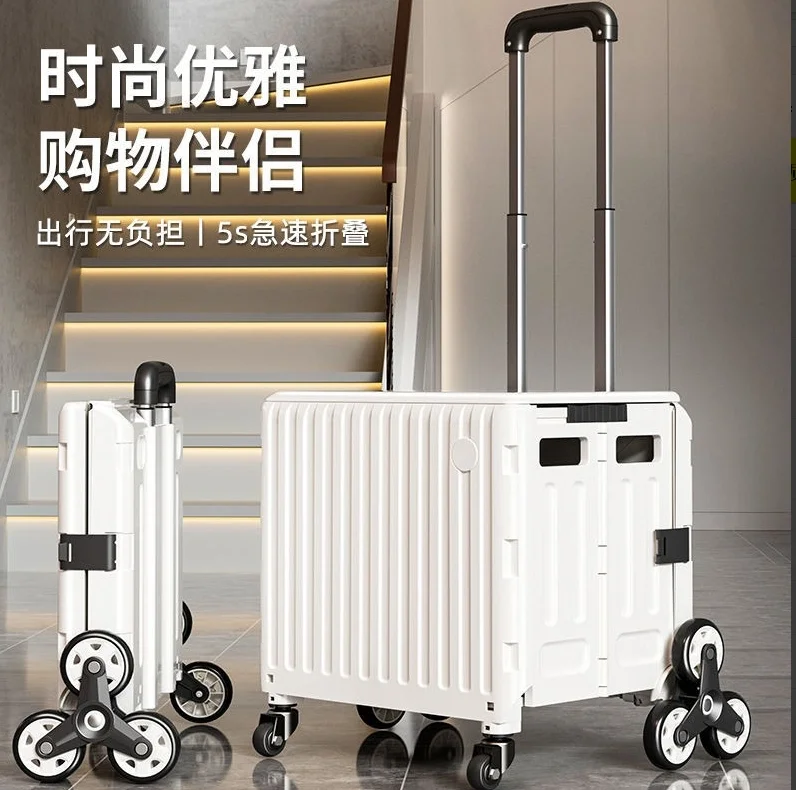In an era where comfort is paramount, the quest for the most comfortable form of clothing has become a significant consideration for consumers. As we navigate through various fabrics, styles, and designs, it is essential to understand the factors that contribute to comfort in clothing. This article delves into the nuances of comfort in apparel, exploring the materials, fit, and design elements that define the ultimate comfortable clothing experience.
Understanding Comfort in Clothing
Comfort in clothing is a multifaceted concept that encompasses several dimensions, including fabric choice, fit, and the intended use of the garment. The subjective nature of comfort means that what feels comfortable to one person may not necessarily resonate with another. However, certain universal principles can guide us in identifying the most comfortable clothing options.
- Fabric Matters: The Role of Material
The choice of fabric is arguably the most critical factor influencing comfort. Different materials offer varying levels of breathability, stretch, and softness. Here are some of the most comfortable fabrics:
- Cotton: Known for its softness and breathability, cotton is a staple in comfortable clothing. Its natural fibers allow for air circulation, making it ideal for everyday wear.
- Bamboo: An eco-friendly alternative, bamboo fabric is incredibly soft and has moisture-wicking properties, making it suitable for activewear and loungewear.
- Modal: This semi-synthetic fiber derived from beech trees is known for its silky feel and excellent drape. Modal is breathable and retains color well, making it a popular choice for comfortable clothing.
- Linen: Renowned for its breathability and lightweight nature, linen is perfect for warm weather. Its natural texture adds a relaxed aesthetic, enhancing comfort.
- Merino Wool: Unlike traditional wool, merino wool is soft and non-itchy. It regulates temperature effectively, making it suitable for both warm and cool climates.
- The Importance of Fit
Fit is another crucial aspect of comfort. Clothing that is too tight can restrict movement, while overly loose garments may lead to discomfort due to excess fabric. Here are some fit considerations:
- Tailored Fit: A well-tailored garment that follows the body's natural contours can enhance comfort without compromising style. Tailoring allows for ease of movement while providing a polished appearance.
- Relaxed Fit: For casual wear, a relaxed fit can offer a sense of freedom. This style is particularly popular in loungewear and athleisure, where comfort is the primary focus.
- Adjustable Features: Clothing with adjustable elements, such as drawstrings or elastic waistbands, can provide a customized fit, enhancing overall comfort.
- Design Elements That Enhance Comfort
Beyond fabric and fit, certain design elements can significantly impact the comfort level of clothing. Here are a few key features to consider:
- Seam Placement: Strategic seam placement can reduce friction against the skin, minimizing irritation. Flatlock seams are particularly effective in activewear, as they lie flat against the body.
- Stretchability: Garments that incorporate stretchable materials, such as spandex or elastane, allow for greater freedom of movement, making them ideal for both active and casual wear.
- Layering Potential: Comfortable clothing should also be versatile. Pieces that can be easily layered provide flexibility for different weather conditions and activities.
The Most Comfortable Clothing Styles
While the definition of comfort varies, certain clothing styles consistently rank high on the comfort scale:
- Loungewear: Soft, relaxed-fit sweatpants, oversized tees, and cozy hoodies epitomize comfort. Loungewear is designed for relaxation, making it a go-to choice for home and casual outings.
- Athleisure: This hybrid style combines athletic wear with casual fashion. Leggings, joggers, and moisture-wicking tops provide comfort and functionality, making them suitable for both workouts and everyday wear.
- Maxi Dresses: Flowing maxi dresses made from breathable fabrics offer a comfortable yet stylish option for warmer weather. Their loose fit allows for ease of movement while maintaining a chic appearance.
- Pajamas: High-quality pajamas made from soft, breathable materials can significantly enhance sleep quality. Look for options with a relaxed fit and minimal seams for optimal comfort.
Conclusion: Finding Your Perfect Comfort
Ultimately, the most comfortable form of clothing is subjective and varies from person to person. By considering the factors of fabric, fit, and design, individuals can make informed choices that align with their comfort preferences. Whether you gravitate towards the softness of cotton loungewear or the stretch of athleisure, the key is to prioritize comfort in your wardrobe. As we continue to embrace a lifestyle that values comfort, understanding these elements will empower us to curate a collection of clothing that not only feels good but also enhances our overall well-being.


